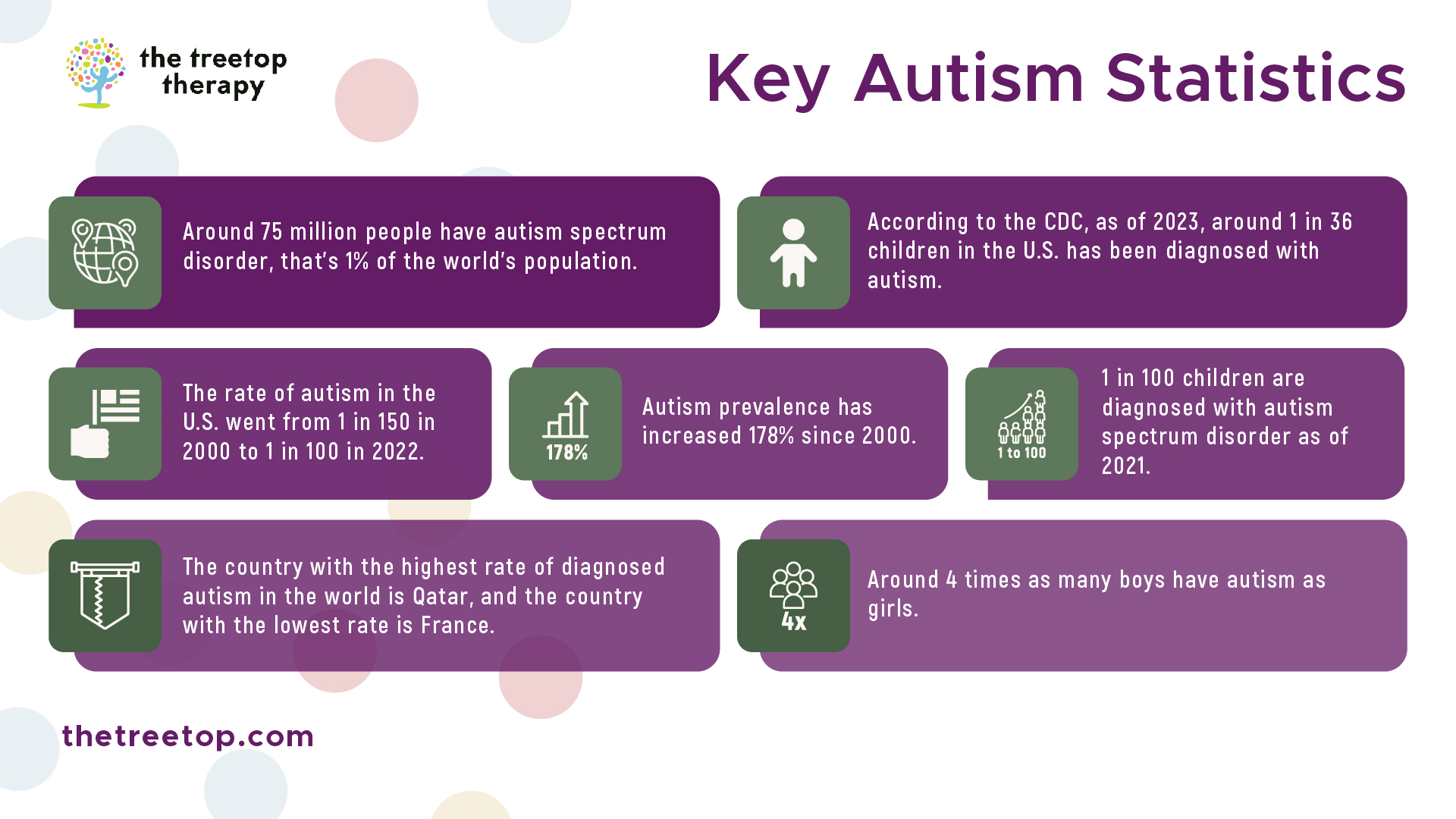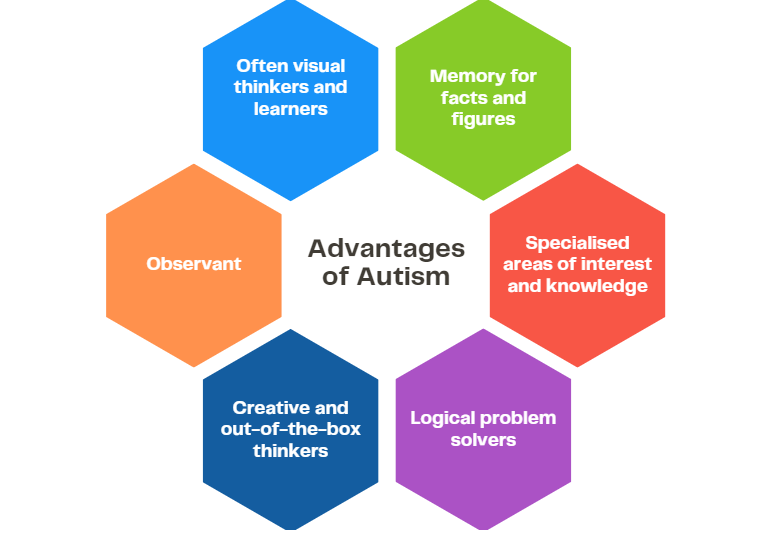What is Autism Spectrum Disorder?
Autism Spectrum Disorder (ASD) is a highly heritable neurodevelopmental disorder that is estimated to affect 1 in 59 children [1]. There are several factors that are said to cause Autism. There is not “one gene” responsible for all causes of autism and sex differences may also contribute to ASD risk, but there is evidence to suggest that environmental factors may also play a role in ASD risk, therefore more research is being conducted in this area. Dopamine, the neurotransmitter involved in the brain motivation and reward system, has also been shown to play a role in motor behavior and there is a great deal of evidence linking dopamine with a key clinical domain in autism – social function [2]. Animal models also provide a particularly useful system for gaining insight into the impact of de novo mutations and rare inherited variants on the neurobiological mechanisms that may contribute to the constellation of symptoms associated with ASD.

Autism and the individual
Not all individuals with ASD are equally affected and not all individuals exhibit the same display of symptoms, but early diagnosis helps to significantly improve the lives of children with autism, therefore it is best to get a reliable diagnosis early in childhood. Experts can detect autism spectrum disorder as early as eighteen months and can make a reliable diagnosis between 18-24 months of age [4]. However, some individuals are not diagnosed with autism until their adulthood years. People with ASD often have problems with social communication and interaction, and restricted or repetitive behaviors or interests. People diagnosed with ASD may also have different ways of learning, moving, or paying attention. These characteristics can make life difficult and challenging, but Autism is not a degenerative disorder, therefore individuals can continuously improve with specialized support and services [5]. Children with autism may also tend to be creative and passionate about music, dance, art, theater, etc. Researchers hypothesize that autism symptom presentation in males and females may differ, leading to the latter not getting diagnosed promptly. This may be the result of females hiding their difficulties due to social norm expectations. Females with autism have also been an understudied group in ASD and this could explain the gender gap in research [6].

Why should you learn about Autism?
It is important for each one of us to learn more about ASD as public awareness can be helpful in clearing up stereotypes and misunderstandings. ASD affects all nationalities, all races and both sexes. It doesn’t differentiate or affect only one group, therefore education and raising awareness can help people understand the larger class of neurodevelopmental disorders. Other neurodevelopmental disorders similar to ASD are Williams Syndrome, Obsessive-compulsive disorder (OCD) and Attention Deficit Hyperactivity Disorder (ADHD) [8]. Williams Syndrome is a condition that affects about 1 in 10,000 people. People with Williams Syndrome may exhibit autistic behaviors, such as developmental and language delays, problems with gross motor skills and hypersensitivity to sounds. Obsessive-compulsive disorder (OCD) is a condition that can mimic autism symptoms, such as compulsive hand washing, cleaning, or touching items like doorknobs. ADHD and anxiety disorders can also mimic autism symptoms [9].
[1]Healis Autism Centre. (2021, March 30). Importance of public awareness for autism. https://www.healisautism.com/post/importance-of-public-awareness-for-autism#:~:text=With%20greater%20public%20awareness%20on%20autism%2C%20it,make%20lives%20easier%20for%20families%20and%20caregivers.
[2].Centers for Disease Control and Prevention. (2022, March 28). Signs and symptoms of autism spectrum disorders. Centers for Disease Control and Prevention. https://www.cdc.gov/ncbddd/autism/signs.html#:~:text=Autism%20spectrum%20disorder%20(ASD)%20is,%2C%20moving%2C%20or%20paying%20attention.
[3].What is autism spectrum disorder?. Psychiatry.org – What Is Autism Spectrum Disorder? (n.d.). https://www.psychiatry.org/patients-families/autism/what-is-autism-spectrum-disorder
[4].U.S. Department of Health and Human Services. (n.d.). Autism spectrum disorder. National Institute of Mental Health. https://www.nimh.nih.gov/health/topics/autism-spectrum-disorders-asd
[5].Schiller, J. (2022, December 6). Autism statistics & facts: How many people have autism?. The Treetop ABA Therapy. https://www.thetreetop.com/statistics/autism-prevalence
[6].dev. (2021, April 19). Understanding Autism Acceptance and Why It’s So Important. Nuheara. https://www.nuheara.com/news/understanding-autism-acceptance/
[7].firespringInt. (n.d.). Seven Disorders Closely Related to Autism. Autism Research Institute. https://autism.org/related-disorders/